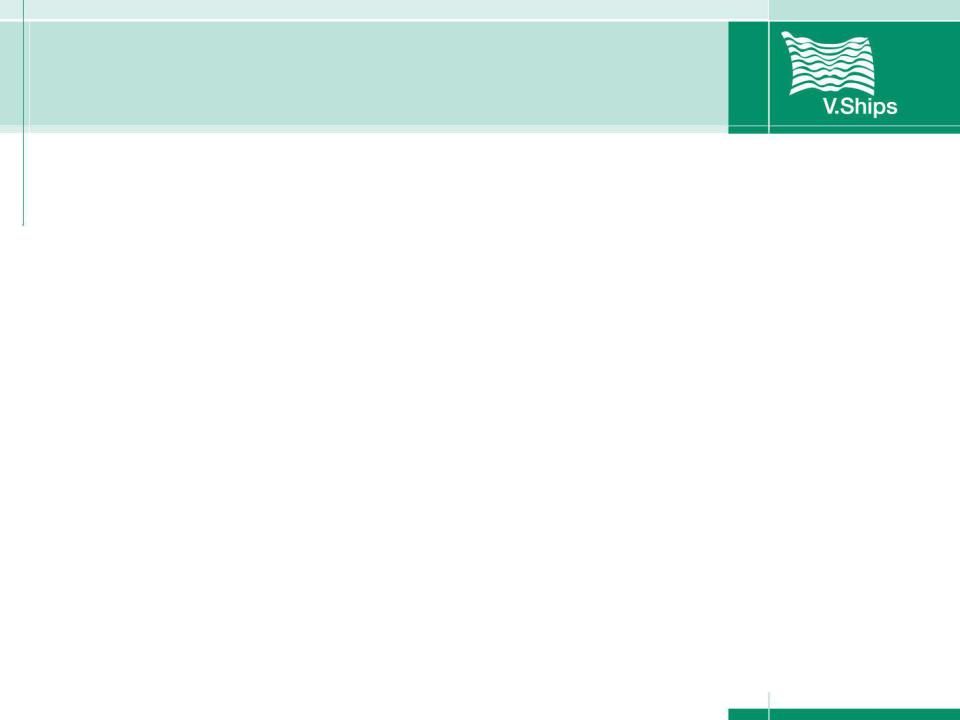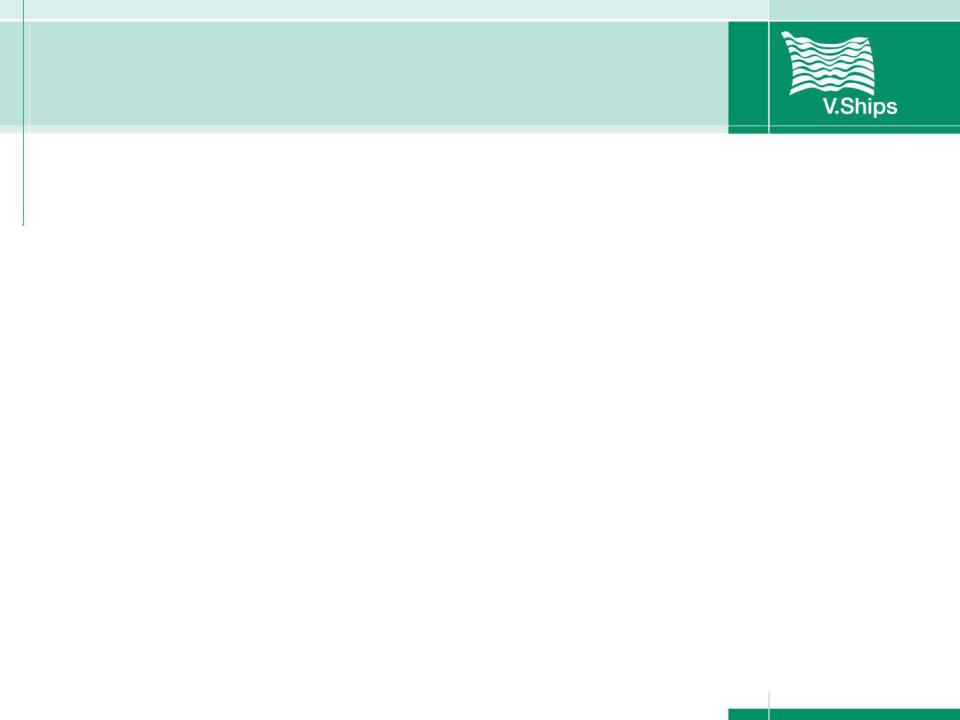
Chemical Tankers / Day 4 / Day 4 Topic 1 VMS Overview
.pdf
VMS Chemical Tanker Operating
Instructions
8.PREPARATION FOR DISCHARGE AND DISCHARGING
8.1Reference Publications
8.2Company Forms
8.3Purpose and Scope
8.4Technical Readiness
8.5Safety
8.6Ullaging and Sampling
8.7Pre-Discharge Meeting
8.8Closed Unloading Operations
8.9Discharge
8.10Measures to be Taken for Special Cargoes

VMS Chemical Tanker Operating
Instructions
9. INERTING AND GASFREEING OF CARGO TANKS – AS REQUIRED BY IBC/BCH CODES OR LOCAL REQUIREMENTS
9.1Reference Publications
9.2Company Forms
9.3Policy
9.4Inerting / Purging - As required by IBC / BCH Code or Local Requirements
9.5Before Use of Shipboard Generated Inert Gas
9.6Failure of the Inert Gas System
9.7Maintenance
9.8Gas freeing
9.9Nitrogen

VMS Chemical Tanker Operating
Instructions
10.CARGO AND BALLAST PUMPS
10.1Reference Publications
10.2General
10.3Pump Descriptions
10.4Starting and Stopping Pumps
10.5Emergency Stopping of Pumps
10.6Control and Operation of Centrifugal Pumps
10.7Cavitation
10.8Pump Operation Parameters
10.9Submersible Pump Purging Routines
10.10Eductors

VMS Chemical Tanker Operating
Instructions
11.TANK CLEANING
11.1Reference Publications
11.2Company Forms
11.3Type and Condition of Tank Coatings
11.4Tank Cleaning
11.5Tank Washing Atmosphere
11.6Cleaning Methods
11.7“Squeezing" (Sweeping of Tanks)
11.8Pickling and Passivation
11.9Standards of Tank Cleanliness

VMS Chemical Tanker Operating
Instructions
12.EQUIPMENT
12.1Reference Publications
12.2Company Forms
12.3Loading / Stress Computer
12.4P/V Valves
12.5Flame Arrestor Gauzes
12.6P/V Breaker
12.7Deck Seal & Non-Return Check Valves

VMS Chemical Tanker Operating
Instructions
12.EQUIPMENT
12.8Tank Gauging
12.9Pump room Bilge Level Alarms
12.10Pump Suction Strainers & Submerged Cargo Pumps
12.11Pump Safety Devices
12.12Tank Cleaning Equipment
12.13Gas Detection Equipment
12.14Pressure Gauges & Temperature

VMS Chemical Tanker Operating
Instructions
12. EQUIPMENT
12.15Tank High Level and Overfill Alarms
12.16Tank Radar Systems
12.17Oil Discharge Monitoring and Control Equipment
12.18Portable Hermetic Gauging / Temperature &Sampling Equipment
12.19Fixed Cargo Temperature Indicating Devices
12.20Transfer Equipment Test and Inspections
12.21Valves
12.22Heating Coils
12.23Flexible Hoses
12.24Examination of Cargo Tanks
12.25Calibration

VMS Chemical Tanker Operating
Instructions
13.DOCUMENTATION AND CARGO CALCULATION
13.1Reference Publications
13.2Company Forms
13.3General
13.4ASTM Tables
13.5Density, Relative Density and API
13.6Volume Reduction to Standard Temperature
13.7Ullage Reports
13.8Ship's Experience Factor (SEF or VEF)

VMS Chemical Tanker Operating
Instructions
13.DOCUMENTATION AND CARGO CALCULATION
13.9(“Rough”) Port / Cargo Log
13.10Notice of Readiness (NOR)
13.11Bill of Lading, B/L
13.12Letters of Protest
13.13Statement of Facts
13.14Dry Tank Certificate
13.15Other Documents
13.16Documents to be Sent to Management Office by Email

VMS Chemical Tanker Operating
Instructions
14.MAINTENANCE ROUTINES
14.1Reference Publications
14.2Company Forms
14.3Maintenance Routines
